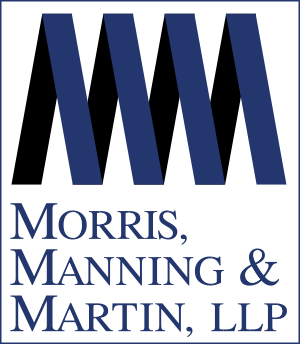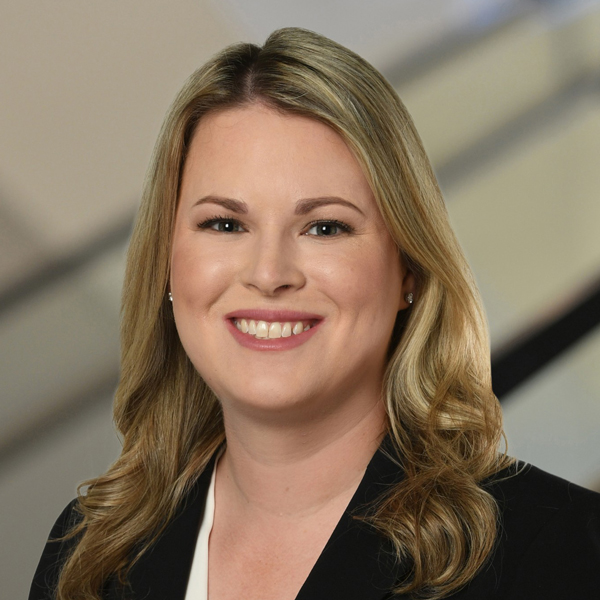The first quarter of 2025 started with a flurry of guidance in early January before the change in Administration, followed by quiet as the Trump Administration put together its team and policies. Some highlights for retirement plan sponsors from the quarter are provided below.
Agency Updates
- Executive Orders will likely limit future plan guidance
Starting on January 20, an Executive Order placed a freeze on new regulations and guidance until the new Agency heads could be put in place and have an opportunity to review prospective guidance. Subsequently, on January 31, another Executive Order required that for every new piece of guidance, at least ten older pieces of guidance must be repealed. Together, these orders have brought the issuance of guidance for retirement plans to a grinding halt. With IRS and EBSA leadership positions still to be confirmed or filled, it is unlikely new guidance will be issued in the near term.
- Staffing cuts will impact Agency actions
The first quarter has been full of headlines regarding the reduction in the government workforce, especially at the IRS. Expected government job cuts will almost certainly impact the ability of Treasury, IRS, DOL, and EBSA to issue guidance and transform how and what they can do on a day-to-day basis. As a result, plan sponsors can expect to wait longer for additional guidance on major changes under SECURE 2.0.
Staffing cuts will also likely delay the processing time for government filings, voluntary compliance applications, and determination letter applications. With fewer resources available, the IRS and EBSA may continue to experiment with (or increase their usage of) targeted audit pilots in order to monitor compliance of retirement plans while using fewer resources. A greater use of pilot audit programs could reduce lengthy audits but may also require plans to be able to quickly respond to inquiries with little notice. As such, plan administrators and sponsors may want to consider taking an inventory of its administrative practices and operations to identify potential risk areas.
Proposed Regulations from Treasury
- Catch-up Contributions
Proposed regulations on January 13 offer helpful guidance on the enhanced catch-up limits for participants who are aged 60 – 63 at the end of the year (effective beginning in 2025), and Roth catch-up contribution requirements for certain highly compensated employees generally earning more than $145,000 (as adjusted for inflation) in the prior calendar year (effective beginning in 2026 based on transition relief provided under IRS Notice 2023-62).
- The proposed regulations clarify that the enhanced catch-up limits are optional. If a plan does adopt the enhanced catch-up limit, that limit must be applied uniformly across the plans in the controlled group.
- For plans that offer catch-up contributions but no Roth option, the proposed regulations restrict participants subject to the Roth catch-up requirement from making any catch-up contributions.
- The proposed regulations provide some flexibility to administer the Roth catch-up provisions but not enough flexibility to accommodate the full variety of approaches used in the payroll and recordkeeping systems supporting plans. For example, the proposed regulations indicate that each employer is considered separately when determining who is a highly compensated employee for the rule (as opposed to using a controlled group basis). Some payroll systems may be able to administer that rule, while others that track compensation on a controlled group basis would have much difficulty meeting that requirement.
- The proposed regulations thoughtfully provide two correction methods – recharacterize the pre-tax deferrals as Roth deferrals in the year made on the Form W-2 (so long as the correction is done prior to filing or furnishing the Form W-2), or treat the correction as a Roth in-plan rollover (and report in a Form 1099-R in the year of the Roth in-plan rollover), subject to certain uniformity requirements and deadlines. Each correction method has its own complexities and timing requirements. Plan administrators will need to plan their correction process in advance but still be prepared to deal with unanticipated errors identified after certain deadlines.
Because of the complexity of these rules, additional relief, or delay in the implementation date, is once again being requested by multiple trade organizations. With a public hearing scheduled for April 7, 2025, additional guidance responding to industry concerns (or delayed implementation) may assist plans in completing a timely implementation with payroll provider and recordkeeper systems. In the meantime, plan sponsors should continue moving forward, working with payroll providers and recordkeepers to prepare for the catch-up contribution requirements in 2026.
- SECURE 2.0 New Automatic Enrollment Rules
For plan years beginning after December 31, 2024, generally a 401(k) plan or 403(b) plan (other than governmental or church plan) that was established on or after December 29, 2022, is required to include the automatic enrollment provisions of Internal Revenue Code (Code) section 414A with respect to participants who have not made an affirmative election to make or not make contributions. Those requirements include:
- The plan contains an eligible automatic contribution arrangement.
- The plan allows permissible withdrawals within 90 days of the first elective contribution as a result of the eligible automatic contribution arrangement.
- For participants who do not make a deferral election (including electing to not make deferrals), the plan applies an automatic initial deferral election rate between 3% - 10%, which increases by 1% on the first day of each subsequent plan year (to at least 10%, but not greater than 15%).
- The plan uses a qualified default investment alternative if no investment is elected by a participant.
The proposed regulations published on January 14, which are not effective until finalized but may be relied upon as good faith compliance, reinforce some guidance from IRS Notice 2024-2 as well as address comments to items in the notice. Specifically, the preamble clarifies that while certain types of plans are excepted from the requirements of Code Section 414A, those exceptions do not apply to categories of employees (e.g., long-term part-time employees in qualifying plans would also be subject to automatic enrollment terms). The proposed regulations also address certain exceptions from the uniform percentage requirement similar to existing exceptions for EACAs and QACAs.
Finally, the proposed regulations address certain M&A situations, including covering rules for pre-enactment plans (i.e., plans established prior to December 29, 2022) to avoid being subject to the additional automatic enrollment terms under Code section 414A in common situations.
EBSA Guidance
- Transfer of unclaimed benefits to state unclaimed property funds
On January 14, the EBSA issued Field Assistance Bulletin (FAB) 2025-01, which provides that the department would not pursue any violations under ERISA regarding the prudence of transferring the vested benefit (not exceeding $1,000) of a missing participant or beneficiary to a state unclaimed property fund. To get such relief, the plan fiduciary must determine:- It is prudent to make such transfer,
- The benefit goes to the state unclaimed property fund of the state of the last known address of the participant or beneficiary
- The plan’s SPD explains the provision, and
- The state unclaimed property fund meets nine requirements described in the FAB
Adding another option for plans to address the benefits of missing participants is helpful. However, the burdensome requirements described in the FAB only seem to reinforce that the current approach used by many plans to send small benefits of missing participants to a rollover IRA is simpler and poses less risk to plan fiduciaries.
- Updates to Voluntary Fiduciary Compliance Program
On January 15, the EBSA updated the Voluntary Fiduciary Compliance Program (VFCP) (and conforming changes to PTE 2002-51) with the intent to facilitate more efficient and less costly corrections of fiduciary breaches, encourage greater participation in the VFCP, and update the program based on feedback from stakeholders. The centerpiece of the changes includes new self-correction procedures that may be useful for common errors of delinquent participant contributions and late contributions of plan loan repayments. Unlike the IRS self-correction program, the VFCP still requires reporting the qualifying error and self-correction to the EBSA. In addition to the general VFCP requirements, to self-correct delinquent participant contributions, the total “Lost Earnings” to the plan cannot exceed $1,000 or be later than 180 days from the date the amounts would have been paid to employees. The EBSA has kept those limits in place so that delinquent participant contribution errors that have greater impact or occur for a longer period of time can be reviewed by the department during the general VFCP application process to evaluate the circumstances of the breach. As noted by commenters, these limits will likely mean that larger plans cannot use the self-correction procedures for delinquent participant contributions.
Additionally, in the preamble, the EBSA noted that it will monitor usage of the self-correction program and may communicate with repeat users or open investigations. In responding to a commenter’s inquiry about what level of usage might trigger such communications or actions, the department did not provide a standard, but rather noted that it would depend on the specific facts and circumstances. Such potential for additional inquiry or investigation will have a chilling effect on usage of the program.
While the addition of a self-correction program under the VFCP is progress in the right direction, it remains to be seen if the changes will be sufficient to increase usage by plan fiduciaries and sponsors.






